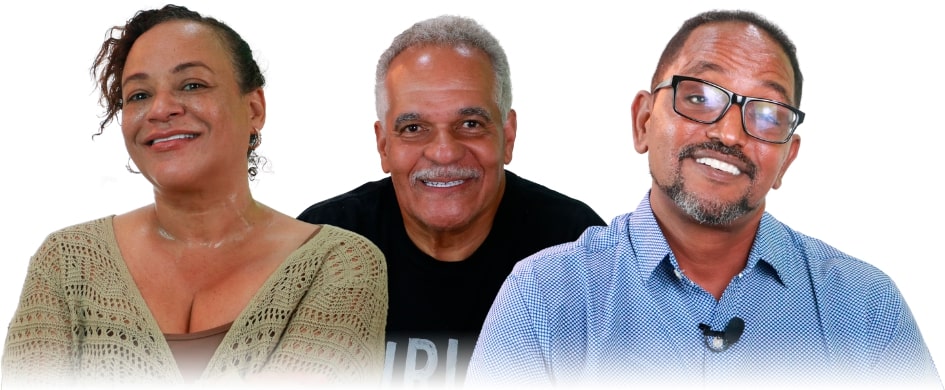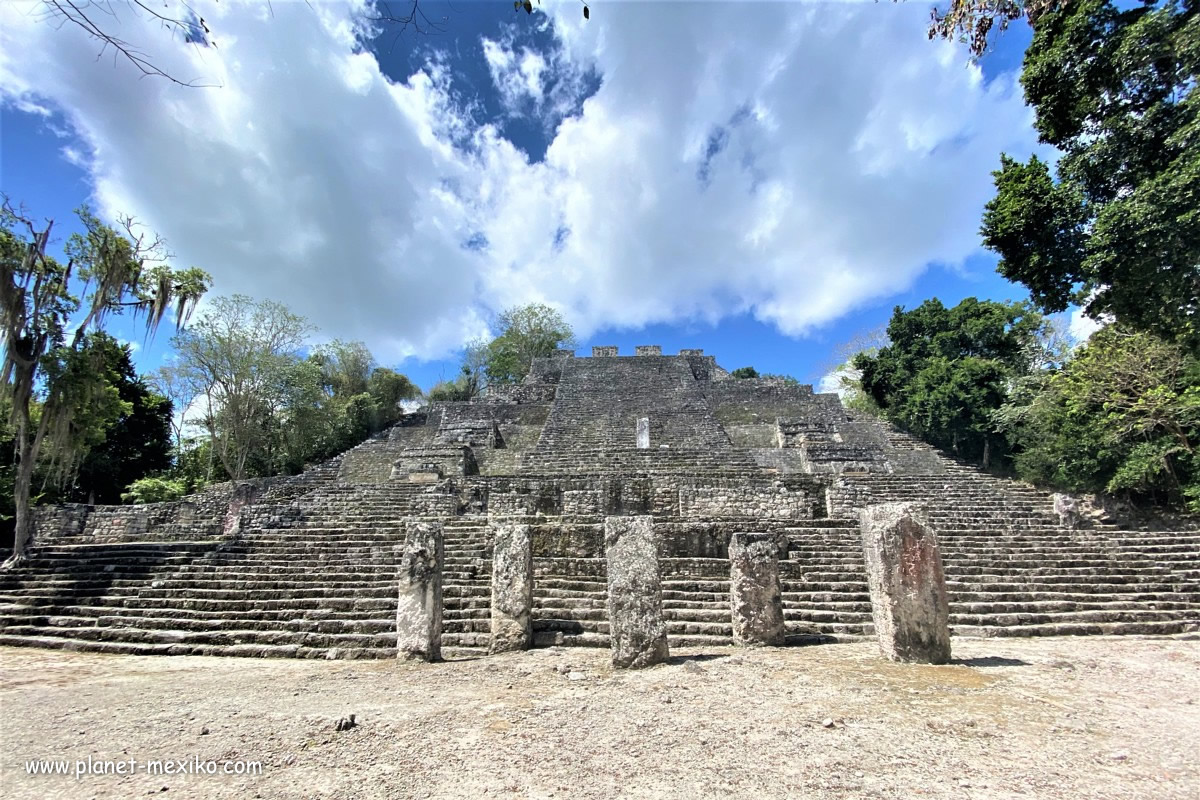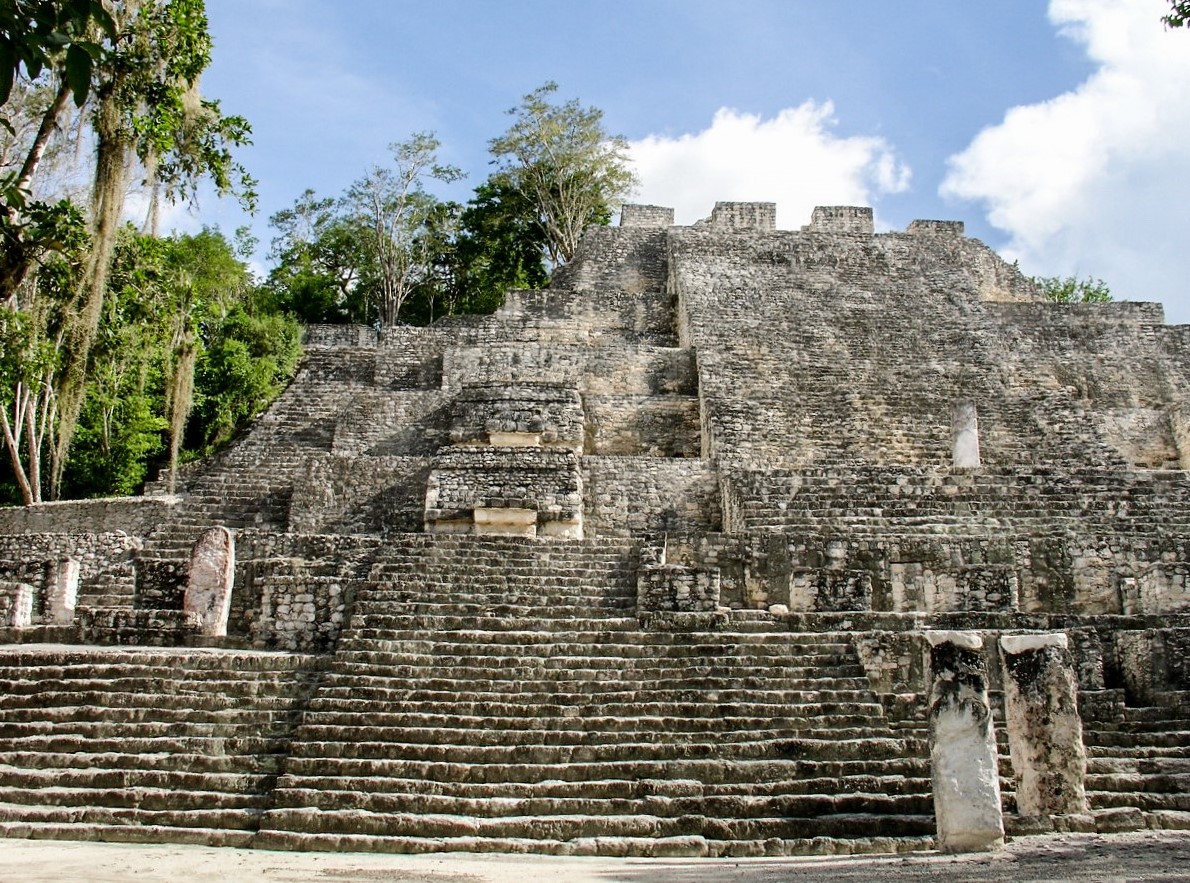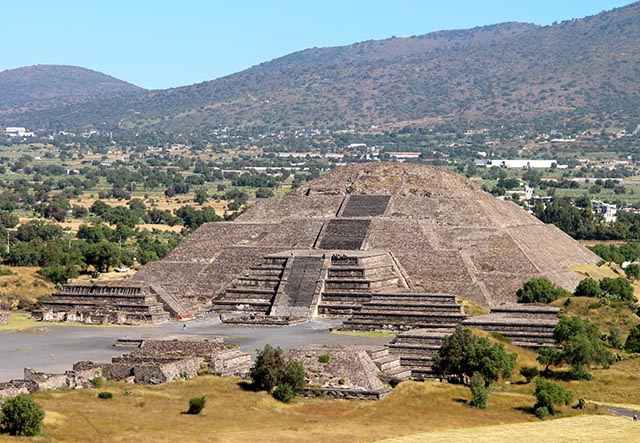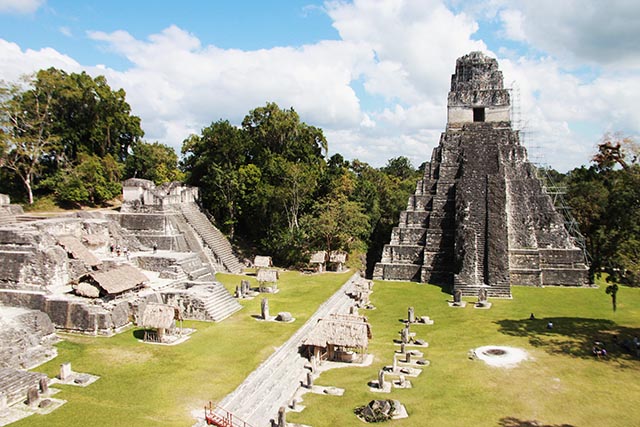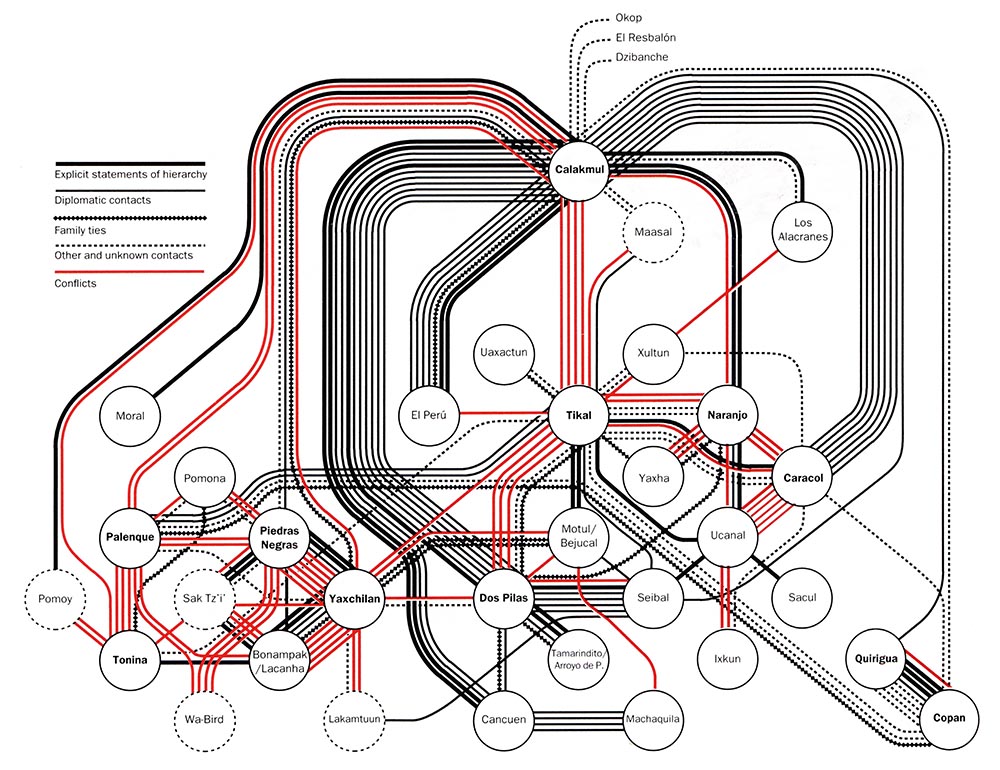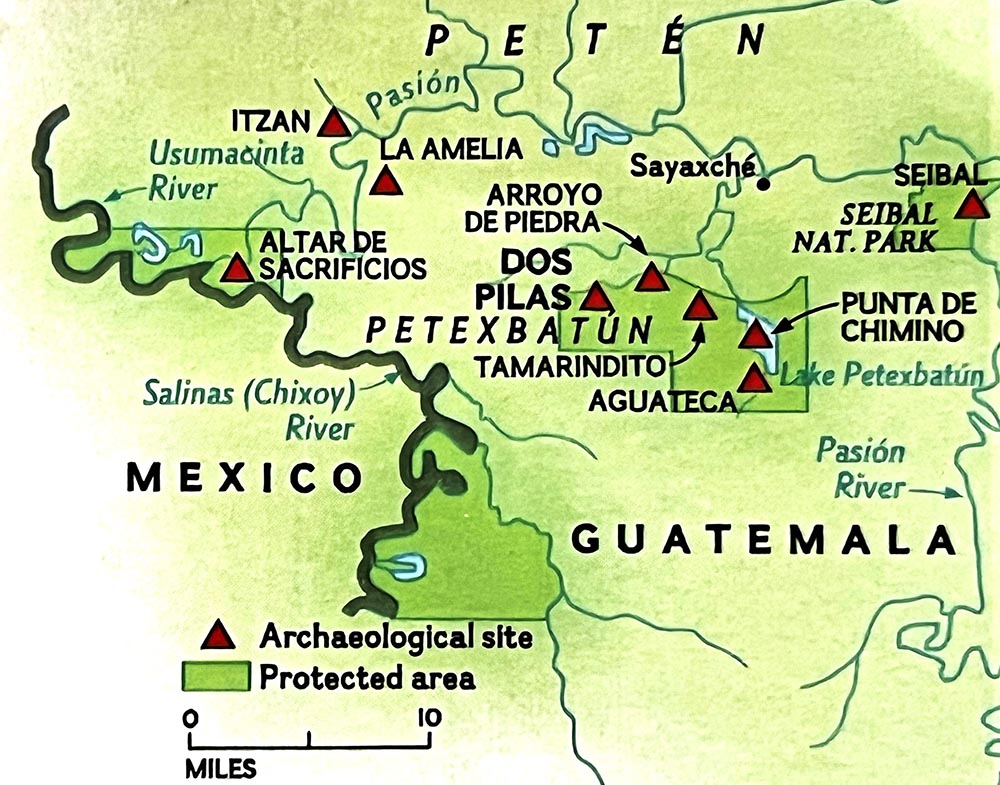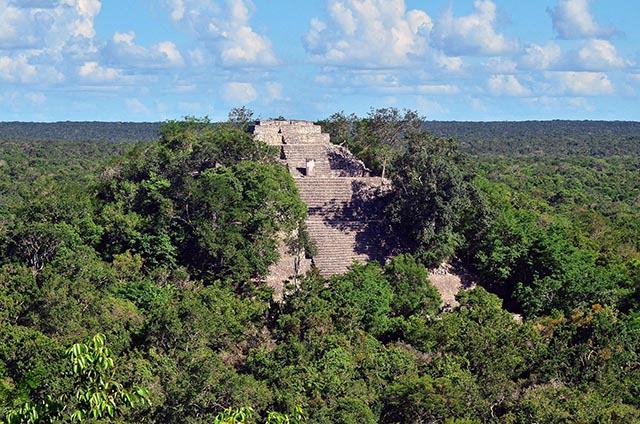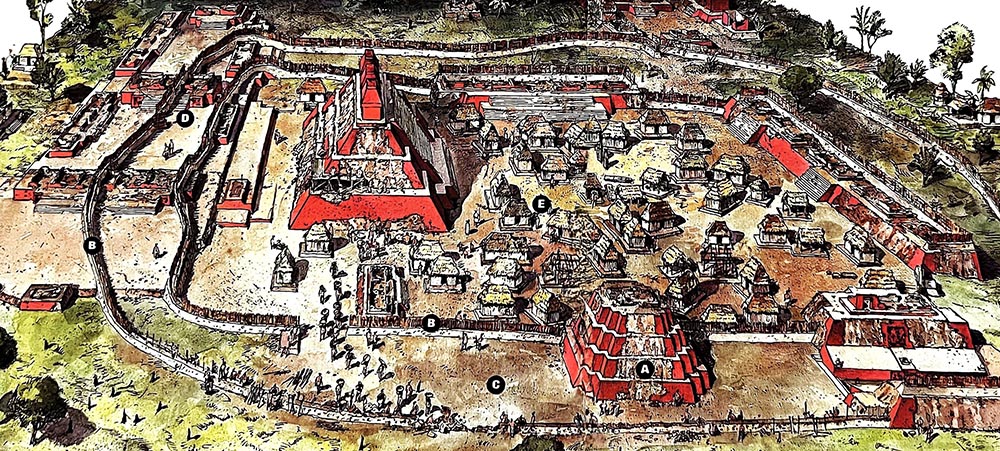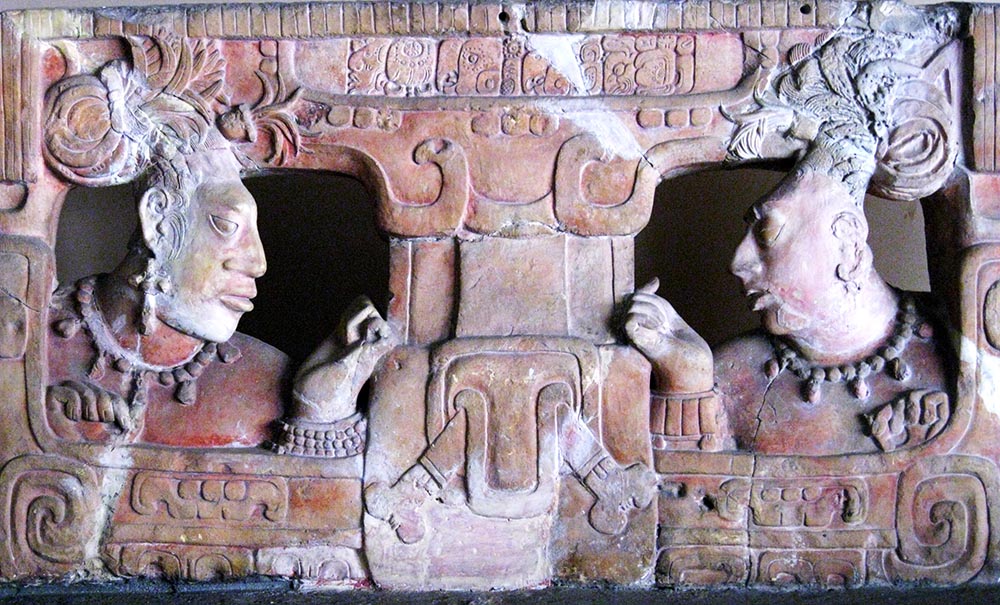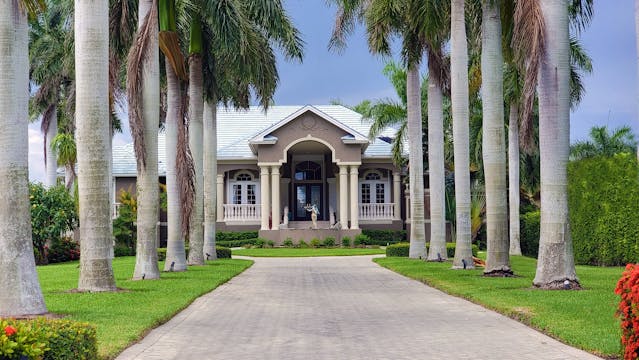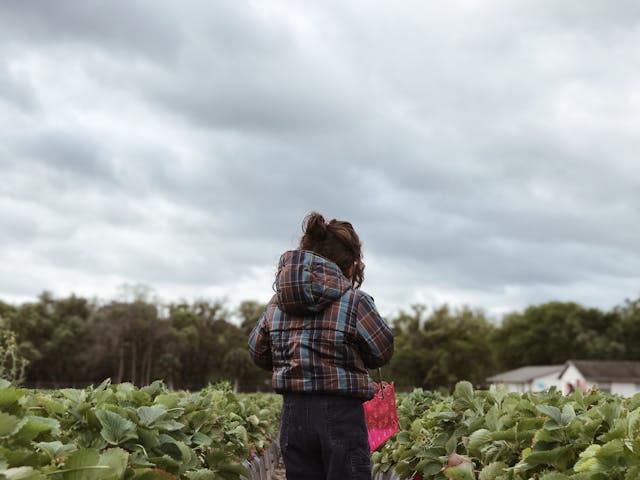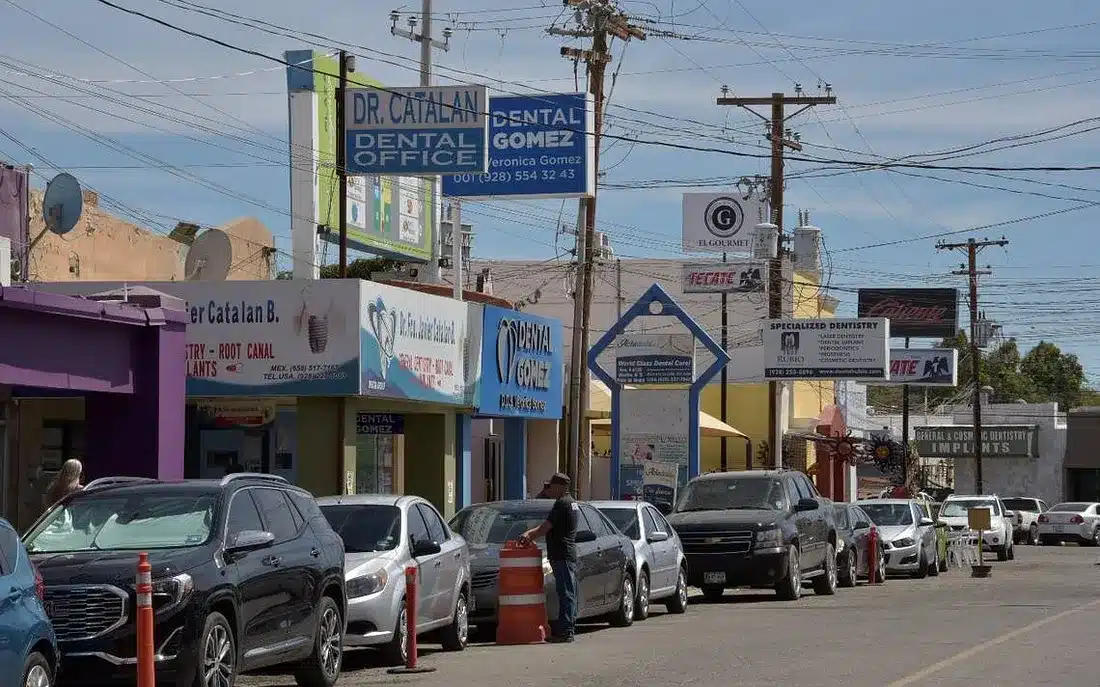
The Truth About Dental Tourism in Mexico: Cost, Safety, and What to Expect
Dental tourism in Mexico has grown significantly in recent years, attracting thousands of Americans and Canadians seeking affordable, high-quality care. However, misconceptions about safety, quality, and logistics often deter people from considering it as a viable option. This article addresses the most common myths about dental tourism in Mexico and provides accurate information to help you make an informed decision.
Myth #1: “Dental Care in Mexico is Low-Quality”
Reality: Many dental clinics in Mexico adhere to international standards, using the same materials and technology as U.S. and Canadian clinics. Reputable clinics, such as Dental del Rio in Los Algodones, employ highly trained professionals, many of whom have studied or trained in the U.S. or Europe.
Key quality indicators include:
- Certified dentists with international credentials
- Modern equipment, including digital imaging and CAD/CAM technology
- Strict sterilization protocols that meet or exceed global standards
Myth #2: “It’s Not Safe to Get Dental Work Done in Mexico”
Reality: Safety concerns are often based on outdated perceptions. Popular dental tourism hubs like Los Algodones and Cancun are well-equipped to cater to international patients, offering a secure and professional environment.
What to Look For:
- Choose clinics in well-established dental tourism destinations.
- Read verified patient reviews and look for testimonials from international visitors.
- Verify that the clinic follows sanitary and sterilization protocols similar to those in the U.S.
Myth #3: “The Language Barrier Makes It Difficult to Communicate”
Reality: Many Mexican dental clinics specializing in medical tourism have bilingual staff who are fluent in English. Communication is rarely an issue in well-known dental tourism destinations, as clinics prioritize international patients and ensure seamless interactions.
Tips for a Smooth Experience:
- Confirm that the clinic offers English-speaking services.
- Request all medical documents and treatment plans in English.
- Use email or virtual consultations to discuss procedures in advance.
Myth #4: “Travel Costs Cancel Out the Savings”
Reality: Even when factoring in flights, accommodations, and transportation, most patients still save 50-70% on dental procedures compared to U.S. prices. Many clinics also offer free transportation from the nearest airport or border crossing to make the experience more convenient.
Cost Comparison:
- Standard Titanium Dental Implants: $3,500–$6,000 in the U.S. vs. $900–$1,500 in Mexico
- Porcelain Crowns: $1,500–$2,500 in the U.S. vs. $300–$600 in Mexico
- Veneers: $1,200–$2,500 per tooth in the U.S. vs. $350–$700 in Mexico
Myth #5: “It’s Hard to Get Follow-Up Care”
Reality: Many clinics provide warranties on procedures and offer follow-up consultations online. Patients are encouraged to maintain regular check-ups with local dentists after their trip, but for major procedures, returning to Mexico for follow-ups is often still cheaper than paying U.S. prices.
How to Ensure Post-Treatment Care:
- Choose a clinic that offers post-treatment support.
- Ask about warranties on dental work.
- Maintain communication with your dentist for long-term care.
Final Thoughts: Is Dental Tourism in Mexico Right for You?
For many Americans and Canadians, dental tourism in Mexico provides an affordable, safe, and high-quality alternative to costly treatments at home. Clinics like Dental del Rio in Los Algodones offer top-tier dental care with state-of-the-art equipment and highly qualified dentists.
If you’re struggling with high dental costs, exploring your options in Mexico could be a game-changer for both your oral health and your wallet.
